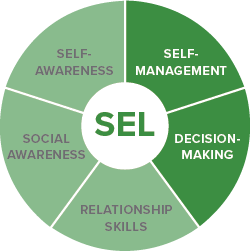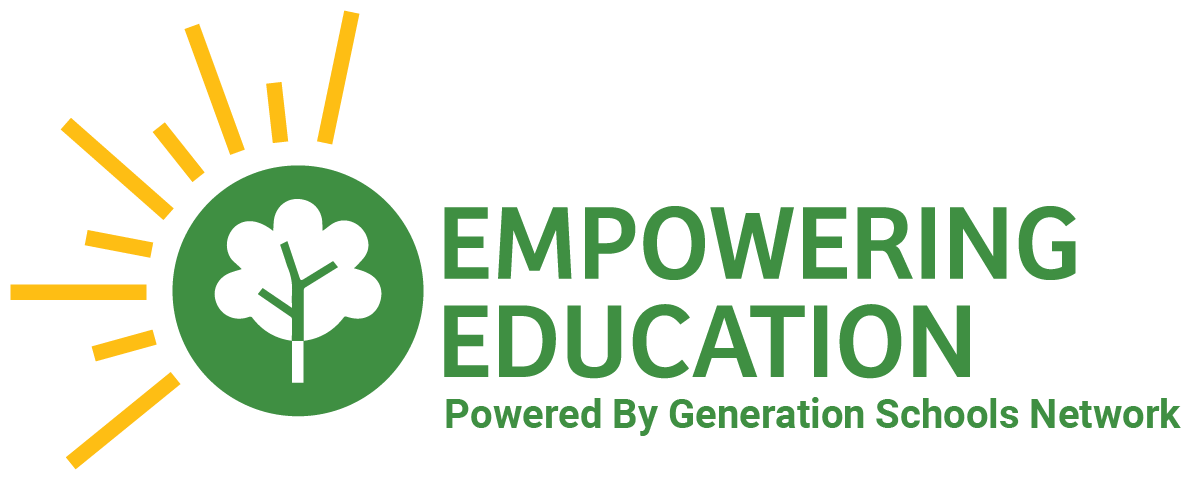Locked Content
Unlock this lesson plan by becoming a paid member. Existing members, please log in.
Students will learn to visualize, clarify, and establish concrete goals.
By the end of the lessons, students will be able to:
- Visualize their goals
- Create their own vision board with their dreams and goals
Setting goals is an essential life skill that helps us find meaning by providing direction and steps to achieve our dreams. This lesson introduces students to the practice of identifying their goals and breaking down the goals into manageable steps.
The lesson begins with a mindfulness activity in which students focus on their breath and bodies to get centered for learning. In the introduction, you discuss why setting goals is important and the fact that we do not always reach our goals. You then engage students in visualizing the achievement of their goals through a guided visualization. Students reflect on the visualization in their journals then create their own vision board showing their dreams and goals for the future. Students end by reviewing their journals and vision boards and adding any additional goals and steps to reach those goals.
This lesson does not require any significant modifications for online delivery. Make sure each student has a piece of paper or their SEL journal for reflection after the visualization.
Have students share their goals with their classmates.
Encourage students to share their goals with a family member or have them sent to you.
CASEL Competencies
Self-management: The abilities to manage one’s emotions, thoughts, and behaviors effectively in different situations and to achieve goals and aspirations. This includes the capacities to delay gratification, manage stress, and feel motivation & agency to accomplish personal/collective goals.
Responsible decision-making: The abilities to make caring and constructive choices about personal behavior and social interactions across diverse situations. This includes the capacities to consider ethical standards and safety concerns, and to evaluate the benefits and consequences of various actions for personal, social, and collective well-being.


